A water cut meter measures the water content (cut) of crude oil and hydrocarbons as they flow through a pipeline.
Water cut meters are typically used in the petroleum industry to measure the water cut of oil flowing from a well, produced oil from a separator, and crude oil transfer in pipelines and in loading tankers.
Water Cut Meter
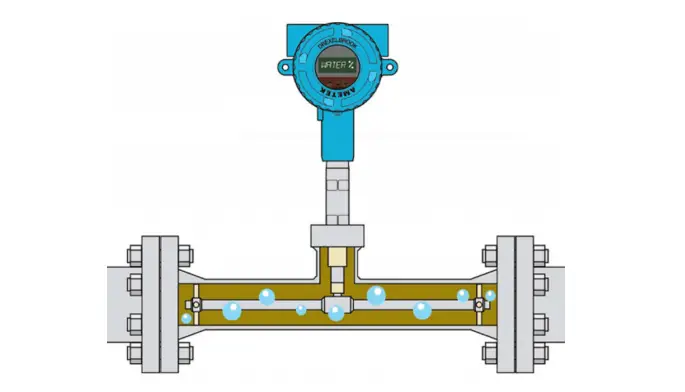
There are several technologies used. The main technologies are dielectric measurements using radio or microwave frequency and NIR measurements and less common are gamma ray-based instruments.
The water cut is the ratio of water produced compared to the volume of total liquids produced from an oil well. The water cut in water drive reservoirs can reach very high values.
If you liked this article, then please subscribe to our YouTube Channel for Instrumentation, Electrical, PLC, and SCADA video tutorials.
You can also follow us on Facebook and Twitter to receive daily updates.
Read Next:
- Differential Pressure Loss in Flow Meters
- Advantages of All Flow Meters
- Orifice Plate Flow Requirements
- Selection Parameters of Rotameter
- Animation of Vortex Flowmeter

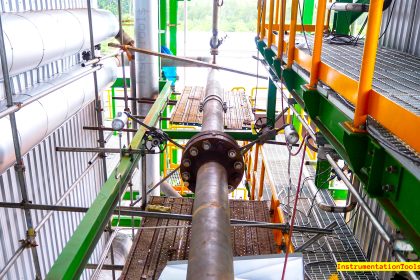
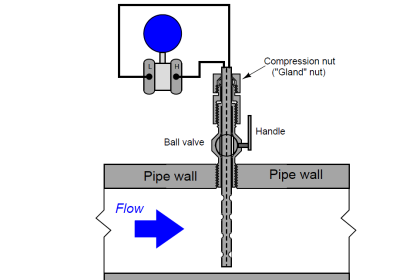
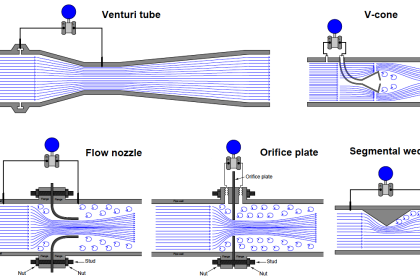
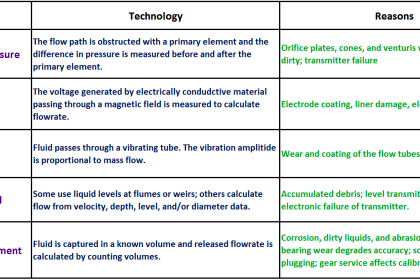
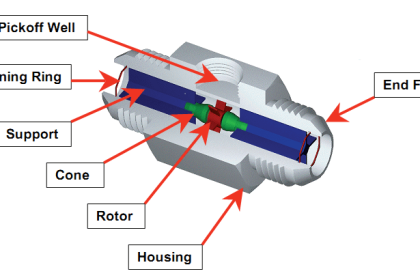
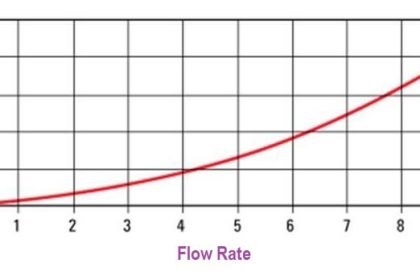
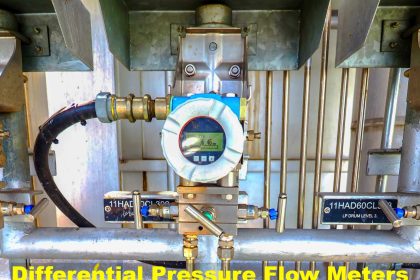
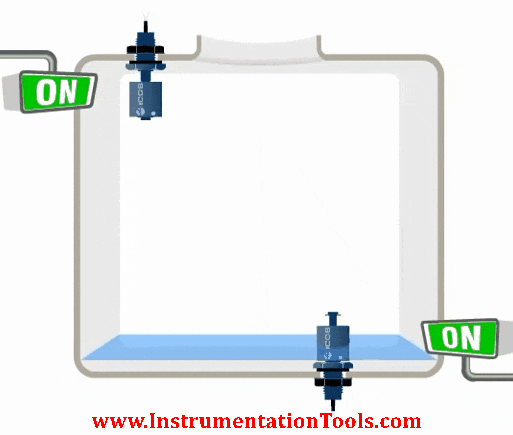
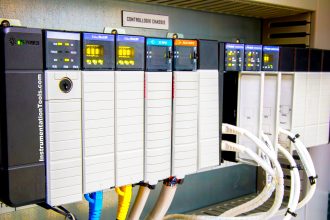
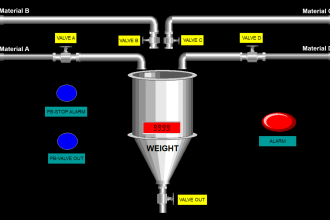

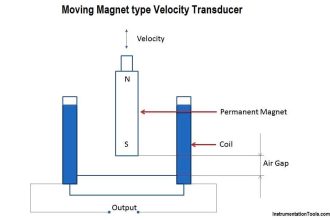
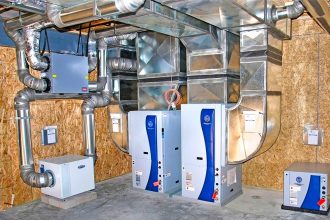
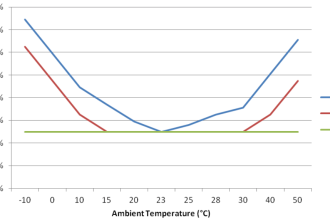


nice post